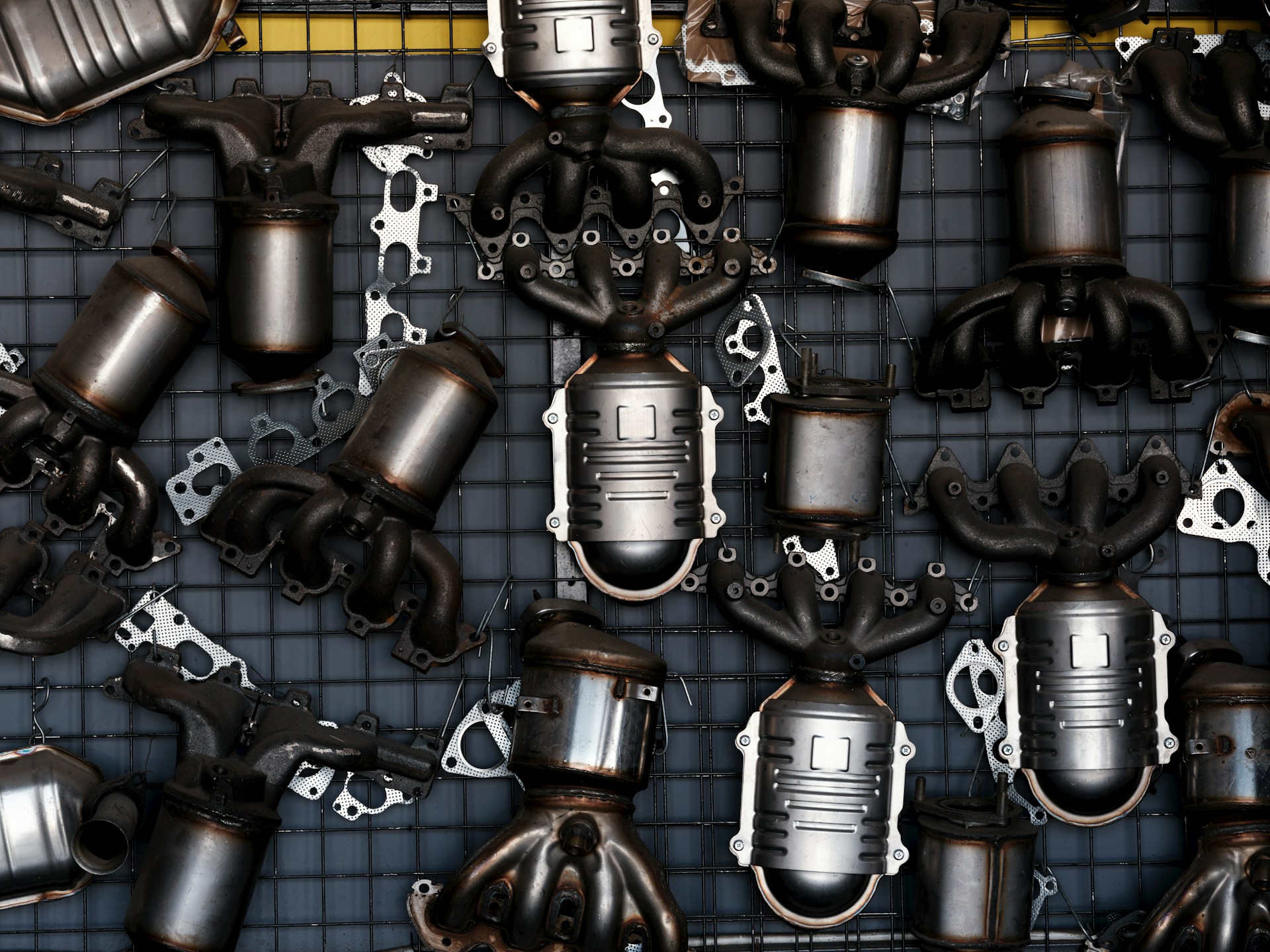
Keeping your car’s transmission in good shape is crucial for smooth rides and avoiding unexpected breakdowns. Spotting early warning signs of transmission problems can save you from bigger headaches and costly repairs down the road. Being aware of common transmission troubles means you can address issues before they turn into serious problems that could leave you stranded.
Your vehicle might already be giving you hints something is amiss. Unusual noises, strange vibrations, or unexpected fluid changes can all point to potential transmission trouble. Ignoring these signs could lead to further damage and higher repair bills. Recognizing these symptoms early offers the chance to fix any issues quickly and keep your car running well.
A healthy transmission means a reliable car, ready to tackle anything from daily commutes to road trip adventures. Being informed about the early indicators of transmission problems helps you maintain your vehicle better and extends the life of your car.
Recognizing the early signs of transmission trouble can save you time and money. Several indicators suggest your transmission might be in distress. One common sign is unusual noises, such as whining or rattling whenever you drive. These sounds can signal internal issues within the transmission system that require immediate attention to prevent further damage.
Delayed gear shifts can also be a warning sign. If you find your car hesitating when changing gears or slipping out of gear without warning, the transmission might not be functioning properly. This can lead to inefficient power transfer and reduced control over your vehicle. Dashboard warning lights related to the transmission, such as the “check engine” light, are other crucial indicators. When these lights illuminate, it’s important to investigate further as they might mean internal problems or faulty sensors.
When you notice any of these signs, inspect essential parts. Start by checking the transmission fluid levels. Low fluid levels can lead to insufficient lubrication, increasing friction and heat, which harms your transmission. Examine transmission mounts for any excessive wear or damage that might cause vibrations or misalignment. Paying attention to these cues ensures the longevity of your vehicle’s transmission and keeps it in optimal condition.
Unusual noises and vibrations can be your vehicle’s way of communicating transmission problems. Recognizing these sounds early can help you address issues before they escalate. Key noises to listen for include whining, grinding, and clunking. Whining noises often indicate low transmission fluid levels or pump issues. Grinding sounds while shifting gears can mean worn-out gears or synchronizers.
Vibrations are another important sign of transmission trouble. If your car vibrates, shakes, or shudders, it could be due to issues with the transmission. These sensations might stem from worn bearings, damaged gears, or issues with the torque converter. Vibrations when accelerating could also mean that there’s an issue with the drive shaft or motor mounts, affecting transmission performance.
To better understand these noises, pay attention to when they occur. Note if they happen at specific speeds, during gear shifts, or while the car is idling. This information can help you or your mechanic accurately diagnose the problem. Addressing these noises and vibrations promptly can prevent further damage and costly repairs, keeping your vehicle running smoothly.
Transmission fluid is vital for your vehicle’s performance, acting as both a lubricant and coolant. It’s essential for smooth gear shifts and efficient engine operation. Changes in the fluid’s color and smell can alert you to potential problems. Healthy transmission fluid should be bright red and have a sweet scent. If it appears dark or smells burnt, it might indicate contamination or overheating, requiring immediate attention.
Regular checkups of your transmission fluid can catch problems early. To properly inspect the fluid, follow these steps:
Maintaining proper fluid levels ensures your transmission functions optimally and can prevent further damage.
Keeping your transmission in top shape extends its life and keeps your car running smoothly. Regular maintenance and avoiding bad habits go a long way. Start by following these maintenance tips:
Avoid behaviors that can harm your transmission over time. For example, avoid shifting gears from reverse to drive before your car comes to a complete stop. Additionally, heed gear-change warnings and avoid overloading your vehicle beyond its capacity.
Transmission troubles don’t have to be a mystery. Knowing what signs to look for can mean the difference between a simple fix and a costly repair. Keeping an eye on fluid levels, understanding unusual noises and vibrations, and avoiding harmful driving habits contribute to a healthy transmission. Regular inspections and maintenance go a long way in identifying potential problems before they escalate.
For quality parts and reliable service, head to Airline Auto Parts. We supply everything you need to keep your vehicle running efficiently, including expert advice and a wide inventory of high-quality components. Backed by superior customer service and the best warranty in the industry, our auto parts in Houston, TX, ensure your car’s transmission remains in peak condition.

November 2, 2025 The Benefits of Regularly Updating Your ...

FAQs About Used Diesel Engines

October 26, 2025 What to Consider When Buying a Salvage E...

Best Practices for Repairing Diesel Tran...

October 19, 2025 In-Depth Look at Common Diesel Engine Is...

Tips for Long-Term Storage of Auto Parts
October 12, 2025 How to Ensure Your Car Parts Are Genuine

Winter Preparedness: Getting Your Diesel...

October 5, 2025 Signs Your Diesel Engine Needs Immediate...

Why Recycled Auto Parts Are Worth the In...
Leave a Reply